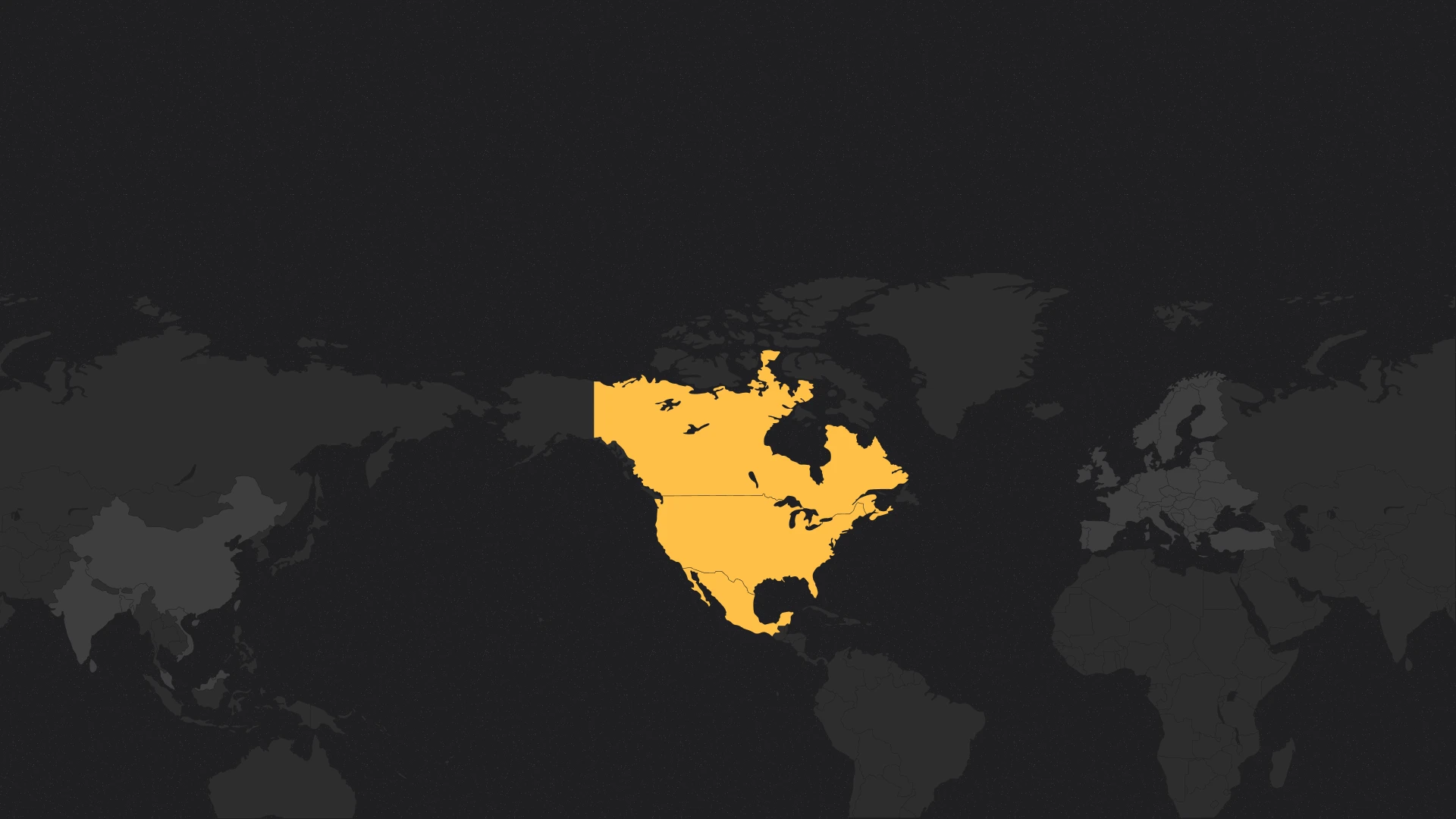Navigating Freight Costs: Unraveling the Dynamics of Spot Rates vs. Contract Rates

In the complex realm of supply chain management, transportation expenses are a significant factor in a company’s productivity and profitability. The freight market is dominated by two main pricing models: contract rates and spot rates. Companies looking to improve their bottom line and streamline their logistics must comprehend the subtleties of these models. This article explores the differences between these models and provides insights into choosing the right approach for businesses.
Understanding Spot Rates
The cost of transporting goods at a specific instant in time, without a long-term agreement between the shipper and the carrier, is referred to as a spot rate. Seasonal changes, fuel prices, and market dynamics all have a significant impact on these rates. For instance, spot rates may increase because there is more competition for available carriers during peak seasons or times of higher demand. Spot rates have downsides like volatility and unpredictability, even though they might save money and provide flexibility. Companies that use spot rates must manage these swings and be quick to adjust to shifting market conditions.
Delving into Contract Rates
Contract rates entail a long-term agreement between the shipper and the carrier, in contrast to spot rates. Several factors, such as volume commitments, contract duration, and market conditions, determine contract rates. Forming an enduring alliance with a carrier under a contract rate offers consistency and assurance, facilitating more efficient planning and budgeting for enterprises. However, the approach could not be flexible enough, and when market conditions shift quickly, companies might be forced to sign contracts that aren’t in line with going rates, which could result in increased expenses.
Spot vs. Contract: Choosing the Right Model
The right pricing model must be chosen based on a number of variables, such as the size of the company, the volume of freight, and the dynamics of the industry. For example, contract rates can be a better fit for larger companies with regular shipping requirements because they offer consistency and the chance to work out advantageous conditions. Conversely, smaller companies or those whose shipping needs change frequently may find that spot rates provide them with more flexibility. Real-world case studies highlight the significance of matching pricing strategies with particular operational objectives and market conditions by showing how companies deliberately choose between spot and contract rates to maximize their transportation expenses.

The Hybrid Approach
Acknowledging the advantages and disadvantages of spot and contract rates, certain companies choose to use a hybrid strategy. They can mitigate the risks associated with each model by balancing cost and flexibility with this method. Businesses can efficiently optimize their transportation expenses by combining spot pricing for unforeseen peaks in demand with long-term contracts for reliable shipping lines. The essay examines the advantages of this combination method for maximizing transportation costs and shows how companies can customize a hybrid strategy to meet their own operational needs.
Technological Solutions in Freight Management
In the digital age, technology is essential to maximizing freight management. Businesses can handle shipments more effectively, simplify logistical processes, and decide on pricing strategies with the help of transportation management systems (TMS). Businesses may track carrier performance, optimize routes, and obtain insight into market circumstances by utilizing TMS. This helps them make better decisions regarding whether to use contract rates or spot rates.
In Conclusion
The decision between contract rates and spot prices becomes crucial as companies look to save costs and optimize their supply chains. In order to succeed in a changing market, this article highlights the significance of making strategic decisions, challenges companies to assess their particular requirements, and suggests that they modify their pricing policies. Through adept handling of freight prices, companies can enhance their profitability and establish robust and effective supply networks for long-term prosperity. Technology integration and hybrid approach exploration help create a flexible and all-encompassing freight management plan that puts companies in a strong position to prosper in the changing environment of transportation costs.



